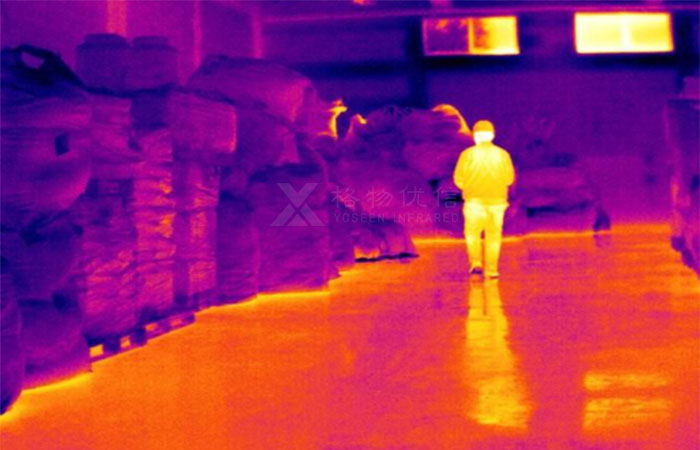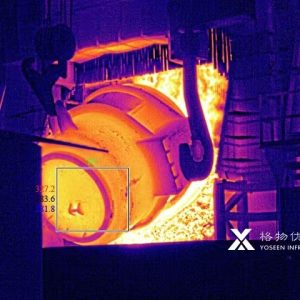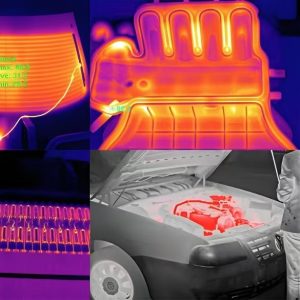

Thermal imaging camera are employed to monitor the temperature of critical mechanical and electrical assets within warehouses. This includes conveyor systems, motors, and electrical panels. By detecting temperature anomalies and hotspots, these devices help prevent equipment failures and reduce unplanned downtime. For instance, the SmartIR system allows for continuous monitoring, enabling predictive maintenance and extending the lifespan of assets by identifying potential issues early
In battery warehouses, Thermal imagers imagers play a crucial role in identifying abnormal hotspots that may indicate battery faults. These devices can detect temperature changes during storage and charging processes, helping to prevent fire hazards. Regular inspections using thermal imaging can track battery health and optimize storage conditions to ensure safety and efficiency
Warehouses that handle flammable materials or chemicals benefit from infrared technology for early fire detection. For example, a major wood and paper manufacturer implemented infrared monitoring systems after experiencing a fire incident. This proactive approach allows for real-time alerts when high-temperature areas are detected, significantly enhancing safety measures
Infrared illuminators are used for surveillance in warehouses, especially during low-light conditions. They enhance the visibility of security cameras, allowing for effective monitoring of perimeters and preventing unauthorized access even in complete darkness
Thermal image camera technology assists in monitoring the condition of temperature-sensitive products stored in warehouses. By identifying temperature fluctuations, warehouse operators can ensure that goods are stored under optimal conditions, thus maintaining product quality and reducing waste
In summary, the integration of infrared devices in warehouse operations not only enhances safety but also improves efficiency and reliability through advanced monitoring capabilities.

Shocking Truth:Over 25% of electrical fires start from simple connection issues that thermal cameras can spot weeks in advance. Real-World Example:During a factory maintenance check, a thermal camera reveals a circuit breaker glowing at 75°C (normal <35°C). Closer inspection shows a corroded connection causing overheating, with ...

infrared thermal imaging technology improved detection efficiency, real-time monitoring, preventive maintenance, safety improvement and economic improvement

Infrared thermal imaging is used to monitor the temperature distribution across various engine components, such as cylinder walls and exhaust manifolds.Infrared cameras help in detecting faults within the engine by visualizing temperature changes that occur due to mechanical failures.